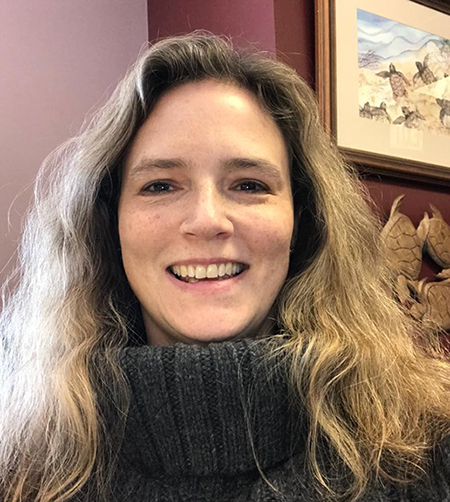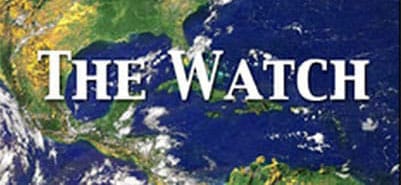Water Quality, Shellfish, and You!
In this In this broadcast Dr. Bricker discusses the causes of eutrophication, traditional and innovative methods being tried to contend with it, and what you can do to help.
Eutrophication is the enrichment/pollution of water bodies with nutrients. These are typically compounds containing nitrogen, phosphorous, or both. Eutrophication leads to water quality problems like low dissolved oxygen and harmful algal blooms. This kills fish, and their habitats i.e. seagrasses. Eutrophication is seen in water bodies around the world and observed at moderate to serious levels in 65% of U.S. coastal waters. The causes of nutrient enrichment/pollution are typically human related, i.e. agricultural and urban runoff, and outflow from wastewater treatment plants.
Reductions of nutrients from land-based sources have been successful in reducing eutrophication in some coastal water bodies. Alternative measures are being explored to improve water quality. One method showing great promise is ‘bioextraction’, or the removal of nutrients through shellfish aquaculture and the restoration of oyster reefs. This method is already being used in combination with traditional management measures in some US estuaries.
Ms. Harrison presents Oysters in the Chesapeake Bay, a three-dimensional learning sequence for elementary through high school students from NOAA. Molly provides a brief overview of the unit, and focuses on how water quality monitoring and the impacts of humans on water quality are addressed at the middle school level in the learning sequence. She then walks through one of the high school modules where students apply data, evidence, and knowledge of biotic and abiotic factors to make decisions about oyster restoration. This learning sequence can be used as a model for examining many local species.

As lead of NOAA's National Estuarine Eutrophication Assessment, Dr. Suzanne Bricker of NOAA’s National Centers for Coastal Ocean Science has been involved in the development and application of assessment methods to determine the impact of nutrients on coastal water bodies. For the past 25 years, Suzanne’s work has focused on providing resource managers with the data and information they need to manage coastal resources successfully. Working with US and international collaborators, she and her colleagues have demonstrated that nutrient pollution is a global problem with similar and predictable symptoms in water bodies throughout the world. Her work has included the investigation of alternative nutrient management measures, specifically shellfish aquaculture, that can complement traditional land-based management measures to improve nutrient polluted water bodies. Suzanne received a BA in Biology from Northwestern University and a PhD in Oceanography from the University of Rhode Island and was excited to come directly to NOAA after her graduate studies on the ability of salt marshes to keep up with sea level rise. For additional information go to http://www.eutro.org and http://www.eutro.us and http://www.farmscale.org

At the time of this webinar, Molly Harrison was the Stewardship Project Coordinator for NOAA’s Planet Stewards Education Project. For over 20 years she has worked in outreach and education in the Maryland public school systems and the Federal Government. In a previous life, she worked for the Peace Corps on the country desk for Nepal, Sri Lanka, and the Philippines. She received her Bachelors degree in international business from George Washington University, and her Masters in Education from Marymount University. She also holds a professional certificate in distance learning.
Education
Webinar Archives Education ResourcesStewardship
Supporting Stewardship Past Projects Focus Area Resources Applying for Funding
Search Education
Get Social
Last updated: 06/16/24
Author: NOAA
How to cite this article
